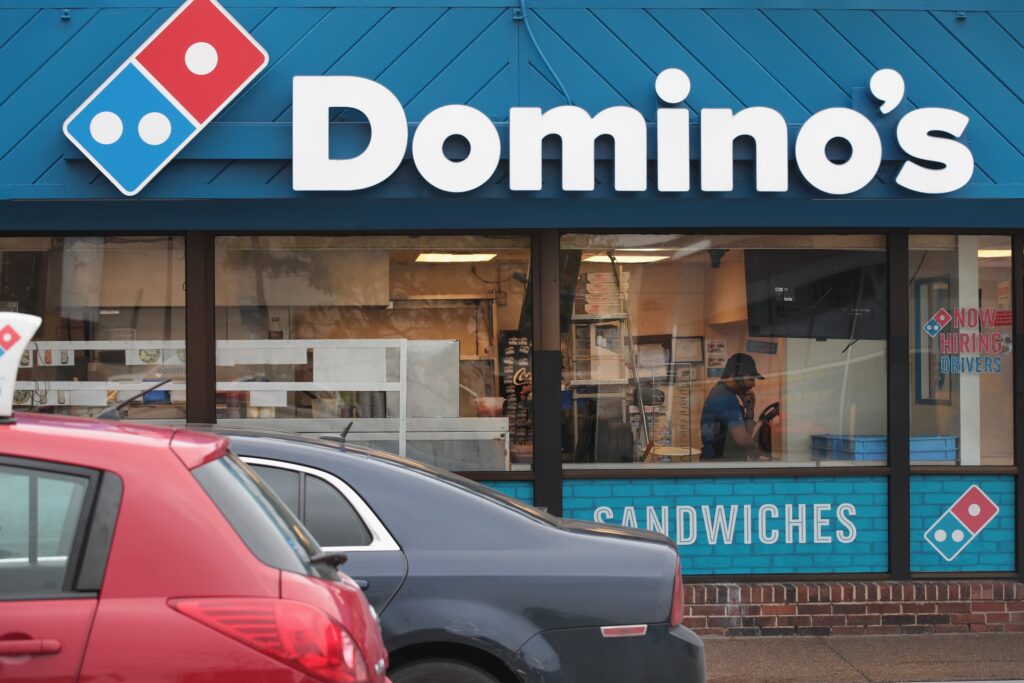
The legal side of web accessibility was a bit undefined till 2019. While the Americans with Disabilities Act got passed in the year 1990, it lacked a segment that elaborated access to the internet for people with disabilities. Indeed, the internet was not as widely used as it is today.
However, even after 30 years, there aren’t any modifications to the ADA, nor has the federal government passed any new laws defining the requirement of accessibility for business websites. Due to that, the need for accessibility for websites was left ambiguous for organizations.
Many businesses also tried to take advantage of this uncertainty and plead their ignorance about the matter. However, the web accessibility lawsuit against Domino’s Pizza has proved to be a cornerstone that changed the course of legal implications for web accessibility.
What Happened?

On October 7th, 2019, the supreme court of the United States decided to turn down the petition filed by Domino’s Pizza to hear its plea. The petition was regarding a lawsuit filed by a blind man named Guillermo Robles, who claimed that he was not able to order a Domino’s Pizza from the website or the mobile app.
Robles tried using his screen reader to access the features on the website that allows people to customize their pizza. However, he wasn’t able to do so because the company’s digital fronts were not compatible with his screen reader.
Robles filed the lawsuit in September 2016 in the Central District of California. The initial decision was passed by District Judge S. James Otero in March 2017. He passed a motion to dismiss the case against Domino’s Pizza, stating that the Department of Justice of the United States did not provide adequate guidance in the matter.
According to him, the ADA did not provide adequate guidelines regarding website accessibility for people with disabilities. Filing a case against Domino’s Pizza would violate the company’s rights to due process. The judge also felt that Web Content Accessibility Guidelines cannot fill in for the absence of a definitive law on website accessibility in the American judicial system.

Post the motion of dismissal, Robles filed an appeal with the Ninth Circuit Court of Appeals. The Court of Appeals reversed the initial motion for dismissal by the district judge in January 2019.
There was a unanimous decision which stated that even though the ADA does not define the requirements for web accessibility, Article III implies that all places for public accommodation by a business must be accessible to people with disabilities. Since the website is intended to connect the customer with the physical outlet, it must be accessible to everyone as well, including people with disabilities.
The court of appeal further stated that the ruling was not in violation of the company’s rights to due process because Domino’s Pizza had enough time to comply with the standards specified by the ADA. Therefore the district court needs to hear that case.
Domino’s Pizza filed a petition for the matter in the supreme court that got denied on October 7th, 2019, which means the decision made by the Court of Appeals stands. It must be noted that neither Robles nor Domino’s Pizza has won the case yet. They both have to argue their points and the district court will have to hear those arguments before they pass a verdict.
What Are the Current Implications?

Indeed, people were not as dependent on the internet in 1990 as they are today. But businesses that feel there is a lack of legal directions regarding website accessibility in the current times are gravely mistaken. 2018 saw an unprecedented rise of accessibility lawsuits when more than 2200 cases were filed throughout the year.
The number of lawsuits was almost the same in 2019. These statistics imply that many business websites are still not accessible to most people who live with disabilities. Robles versus Domino’s Pizza and several other high profile cases have finally brought the need for website accessibility to the attention of business owners.
They have started digging into the matter and found that there are several other laws related to website accessibility, such as sections 504 and 508 of the Rehabilitation Act. There are specific instructions for businesses that state that their websites must follow the current Web Content Accessibility Guidelines to become accessible to people with disabilities.
Many business owners argue that website accessibility is not as simple as physical accessibility. It is not like putting up a ramp that solves the problem. Business websites have to constantly keep up with changing technology, which makes accessibility a constant effort.
To solve these issues and mitigate web accessibility lawsuit exposure, startups like accessiBe have created AI-powered software that can automatically make any existing webpage and element on the website accessible. The software also ensures that any further website edits and updates become automatically compliant with Article III of the ADA.
Business owners are also apprehensive about the time implications of making the website accessible. However, these solutions do not need the website to get redesigned or stay down for a long time. With a few additions of JavaScript lines, any business website can become accessible easily and quickly.
People always need a scapegoat to plead innocence. In the case of website accessibility, companies like Domino’s Pizza tried using the ambiguity of the law as a scapegoat. According to the legal institutions of America, the law has always been clear about accessibility, which applies to every aspect of an organization, be it physical or digital.
Business owners cannot use the lack of knowledge as an excuse anymore. Instead, they must pay attention to the high legal cost of having an inaccessible website and direct their efforts to solve it. It is not about whether a person can order something from the website or not. It is about taking a stand for social equality and the prevention of discrimination in the 21st century.
















